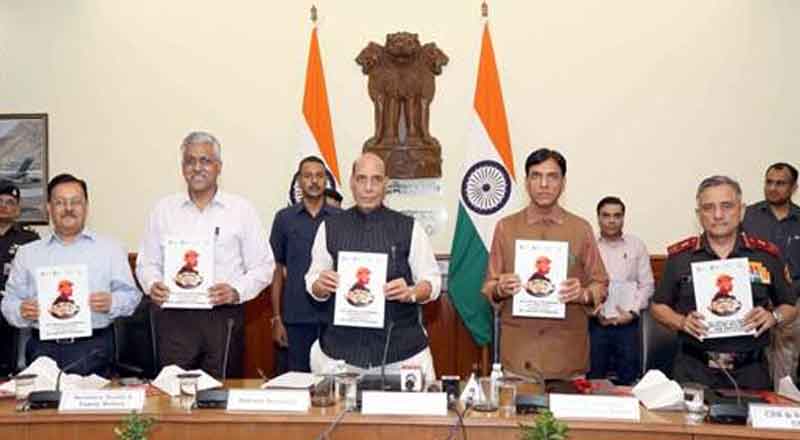The coronavirus pandemic has demonstrated on how vulnerable our business and financial services landscape is, with the world now preparing for its first recession triggered solely by a pandemic since 1870. We know that business recovery will be slow and could continue to be painful for many, and so financial institutions must make payments as seamless as possible to facilitate circulation – and remain relevant. This will be a war, and in every war, there is always something to gain and something to lose.
Many people have lost their jobs or seen their incomes cut due to the coronavirus crisis. Unemployment rates have increased across major economies as a result. If the economy is growing, that generally means more wealth and more new jobs. It’s measured by looking at the percentage change in gross domestic product, or the value of goods and services produced, typically over three months or a year. But the IMF says that the global economy will shrink by 3% this year. It described the decline as the worst since the Great Depression of the 1930s. The current pandemic has “magnified pre-existing risks to India’s economic outlook”. At the same time the banks give consideration to segment propositions and product features, they should take into account the winners and losers in payments. The consumer is increasingly comfortable with formless, tokenized, contactless transactions, as bricks and mortar and travel have lost out to online and stay at home. Speed remains important as does the current account, so faster payment systems (FPS) and BACS are still strong. We believe that cash has become less popular as a result of Covid-friendlier alternatives.
Unemployment rose from 6.7% on 15 March to 26% on 19 April and then back down to pre-lockdown levels by mid-June. During the lockdown, an estimated 14 crore (140 million) people lost employment while salaries were cut for many others. More than 45% of households across the nation have reported an income drop as compared to the previous year. The Indian economy was expected to lose over ₹32,000 crore (US$4.5 billion) every day during the first 21-days of complete lockdown, which was declared following the coronavirus outbreak. Under complete lockdown, less than a quarter of India’s $2.8 trillion economic movement was functional. Up to 53% of businesses in the country were projected to be significantly affected. Supply chains have been put under stress with the lockdown restrictions in place; initially, there was a lack of clarity in streamlining what an “essential” is and what is not. Those in the informal sectors and daily wage groups have been at the most risk. A large number of farmers around the country who grow perishables also faced uncertainty.
Major companies in India have temporarily suspended or significantly reduced operations. Young startups have been impacted as funding has fallen. Fast-moving consumer goods companies in the country have significantly reduced operations and are focusing on essentials. Both policy and politics will have to play an important role to alleviate this. Bad policy can delay, even derail economic revival. Good politics can ensure that the suffering of the masses is minimized.





